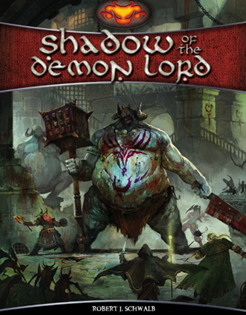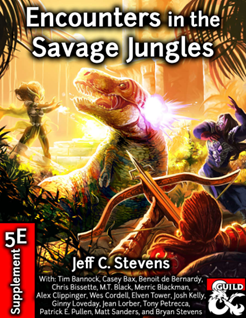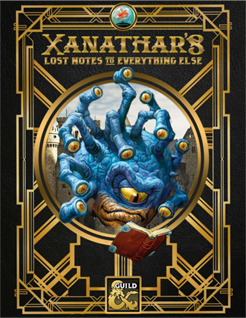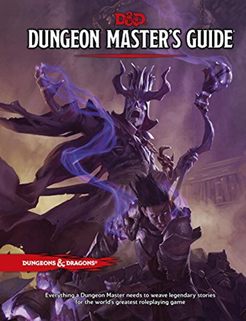
Thoughts on Campaign Structure
It’s Friday night, and I’m at home not playing an RPG. This feels odd. The reason I’m not playing an RPG is that the hosts of our Friday Night RPG sessions, Martin and Peggy, have wandered off to another part of Australia. Typically, we alternate weeks between two RPGs. I DM my 5E D&D Greyhawk game one week, and Martin DM’s another RPG the other … Continue reading Thoughts on Campaign Structure





